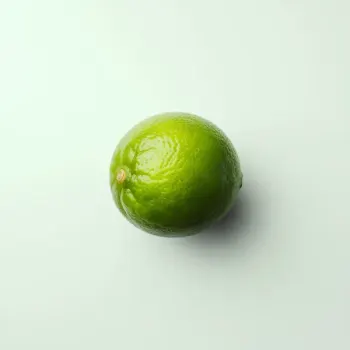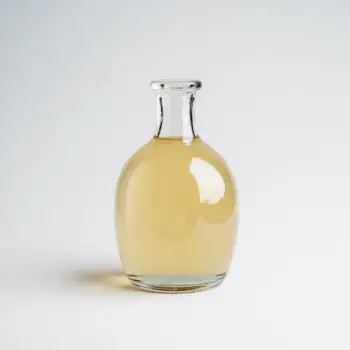Lime Juice vs White Vinegar are compared in terms of their culinary uses, flavors, and characteristics, highlighting differences in dressings, marinades, beverages, baking, and nutritional content.

Lime juice is the tart and fragrant liquid extracted from limes, a citrus fruit known for its bright, acidic flavor. It's a staple in tropical and Latin American cuisines and is treasured for its fresh, zesty taste.

White vinegar, often made from grain-alcohol, is a clear vinegar that boasts a sharp and acidic taste. It's a versatile ingredient commonly used for its preservative qualities and is a popular choice for pickling, marinades, and cleaning.
While both lime juice and white vinegar add acidity to dishes, lime juice provides a distinct citrusy flavor, whereas white vinegar is more neutral and pungent. The source differs too, with lime juice coming from fruit and white vinegar from grain alcohol. Texture-wise, lime juice is slightly thicker and contains more natural sugars and vitamins.

Your ultimate Recipe Box, Meal Planner, and Cooking Class all in one
In dressings and marinades, lime juice is best for its fresh, bright notes. Use it in a Cilantro Lime Dressing or a Tropical Fruit Marinade. Expect a subtle sweetness and zesty kick. For best results, combine with olive oil and honey. White vinegar is excellent for more potent dressings and marinades that need a strong acid without overpowering flavors, such as a Classic Vinaigrette or a Simple Pickle Brine. Its sharpness will bring out the other flavors in the dish.
Lime juice adds a refreshing twist to beverages like Margaritas, Mojitos, and homemade Lemonades. Its natural sweetness and tartness can enhance the depth of the drink. White vinegar is rarely used in traditional beverages but can be found in some health drinks or tonics like Switchel. It adds a tangy kick and can aid digestion.
In baking, lime juice is perfect for flavoring cakes, pies, and glazes, like a Key Lime Pie or a Zesty Lime Glaze for baked goods. It imparts a tropical aroma and balances sweetness. White vinegar is used in baking primarily to react with baking soda as a leavening agent, for example in Red Velvet Cake or in certain bread recipes. It helps to make baked goods light and airy.
Lime juice is rich in vitamin C and contains fewer calories, while white vinegar has trace amounts of vitamins and is low in calories.
| Nutrient | Lime Juice ( per Tablespoon ) | White Vinegar ( per Tablespoon ) |
|---|---|---|
| Fat | 0.0g | 0.0g |
| Sodium | 1mg | 0mg |
| Protein | 0.1g | 0.0g |
| Calories | 4 | 3 |
| Vitamin C | 9.2mg | 0.0mg |
| Carbohydrates | 1.3g | 0.0g |
Lime juice does have preservative qualities due to its acidity, but it is not as effective as white vinegar for long-term preservation.
White vinegar can be used in marinades, but it will not impart the same citrus flavor as lime juice. It's a good alternative if you're looking for acidity alone.
It's not recommended to use white vinegar as a substitute for lime juice in cocktails, as it lacks the sweetness and distinct lime flavor.
Start with half the amount of lime juice when substituting for white vinegar and adjust to taste, considering the additional sweetness and flavor lime juice brings.
Lime juice is rich in vitamin C and antioxidants, making it a healthier option than white vinegar, which contains fewer nutrients.